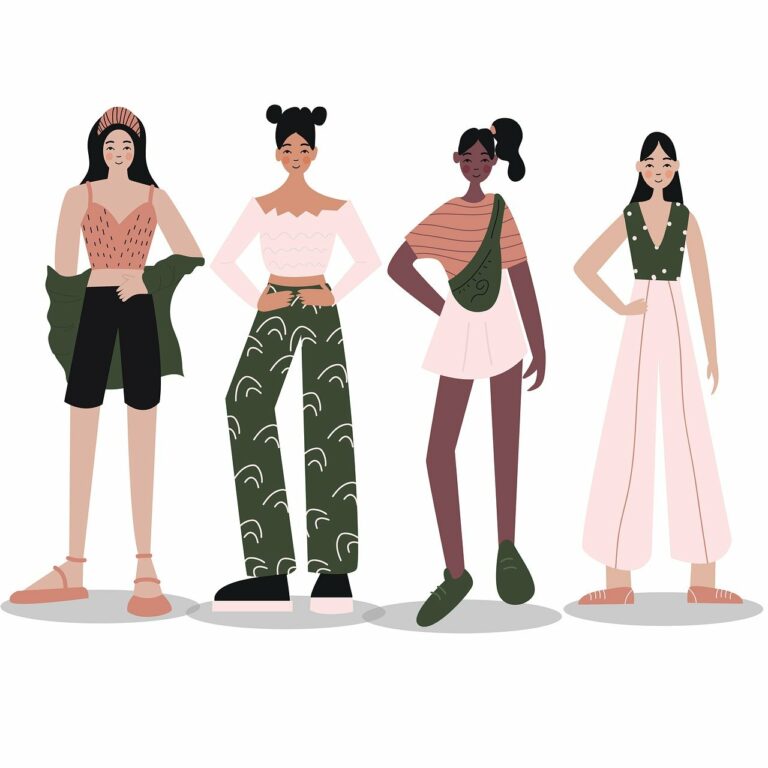Fashion’s Adaptation to Climate Change
Climate change is posing significant challenges to the fashion industry, impacting every stage of the supply chain. Rising global temperatures have led to more frequent extreme weather events, disrupting production and distribution processes. The increased frequency of droughts and heatwaves has also affected the production of raw materials like cotton, leading to fluctuations in prices and availability.
Furthermore, as consumers become more aware of the environmental impact of the fashion industry, there is a growing demand for sustainable and ethically made products. This shift in consumer behavior is pressuring fashion companies to rethink their production methods and sourcing practices to reduce their carbon footprint and promote a more circular economy. Implementing sustainable practices is no longer just a trend but a necessity for the long-term viability of the fashion industry in the face of climate change.
Sustainable Materials and Fabrics in Fashion
With the increasing awareness of environmental issues, the fashion industry is making strides towards sustainable practices. One key aspect is the use of sustainable materials and fabrics in fashion production. Designers are turning to materials like organic cotton, hemp, bamboo, and recycled polyester to reduce the environmental impact of their creations.
These sustainable materials not only help minimize the use of resources and energy but also contribute to a more ethical and responsible fashion industry. Brands are also exploring innovative ways to create new fabrics from agricultural waste, biodegradable materials, and even lab-grown textiles. By incorporating sustainable materials into their collections, fashion brands are not only aligning with eco-conscious consumers but also setting a new standard for the industry as a whole.
Innovative Technologies in Fashion Production
In recent years, the fashion industry has seen a rapid integration of innovative technologies into the production process. One such technology that has gained popularity is 3D printing. Designers are now using 3D printers to create intricate and customized pieces, reducing waste and production time. This revolutionary technology not only allows for more sustainable practices but also opens up a new world of creative possibilities for designers.
Another cutting-edge technology making waves in fashion production is virtual reality (VR). Designers are utilizing VR to create digital prototypes, test designs before production, and even showcase collections through immersive virtual fashion shows. This technology not only streamlines the design process but also reduces the carbon footprint associated with traditional runway shows. As VR continues to advance, it has the potential to revolutionize how fashion is created and experienced in the digital age.
• 3D printing has revolutionized fashion production by allowing designers to create intricate and customized pieces
• Reducing waste and production time, 3D printing promotes more sustainable practices in the industry
• The use of virtual reality (VR) in fashion production enables designers to create digital prototypes and test designs before production
• VR also allows for immersive virtual fashion shows, reducing the carbon footprint associated with traditional runway shows
• As VR technology advances, it has the potential to transform how fashion is created and experienced in the digital age
How is climate change impacting the fashion industry?
Climate change is affecting the fashion industry in various ways, such as increasing the demand for sustainable practices and materials, as well as leading to disruptions in the supply chain due to extreme weather events.
What are some sustainable materials and fabrics used in fashion production?
Some sustainable materials and fabrics used in fashion production include organic cotton, hemp, bamboo, recycled polyester, and lyocell.
What are some innovative technologies being used in fashion production?
Some innovative technologies being used in fashion production include 3D printing, virtual prototyping, artificial intelligence for trend forecasting, and waterless dyeing processes.
How can fashion brands incorporate these technologies to reduce their environmental impact?
Fashion brands can incorporate these technologies by investing in research and development, collaborating with tech companies, and implementing sustainable practices throughout their supply chain to reduce waste and emissions.







